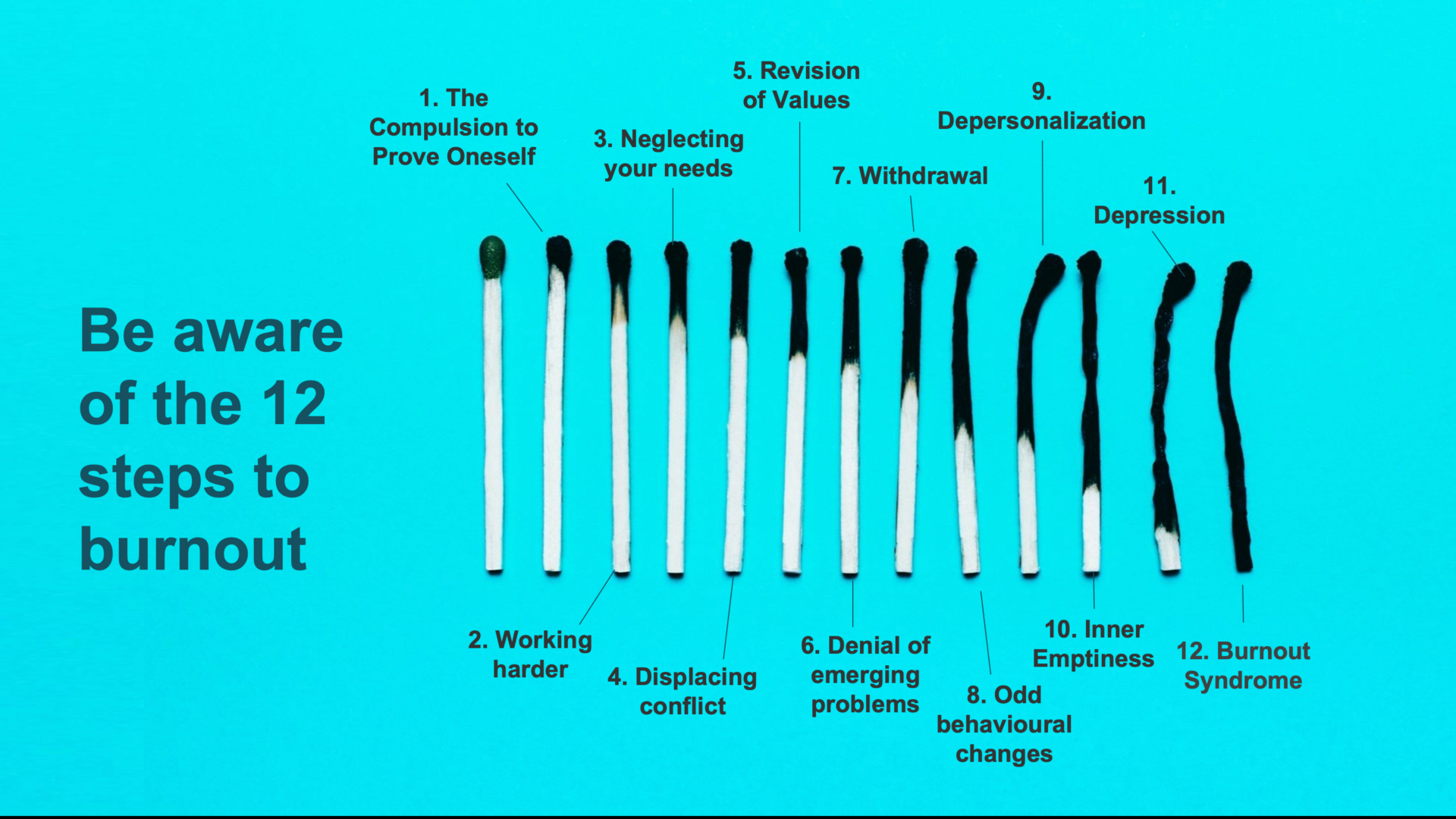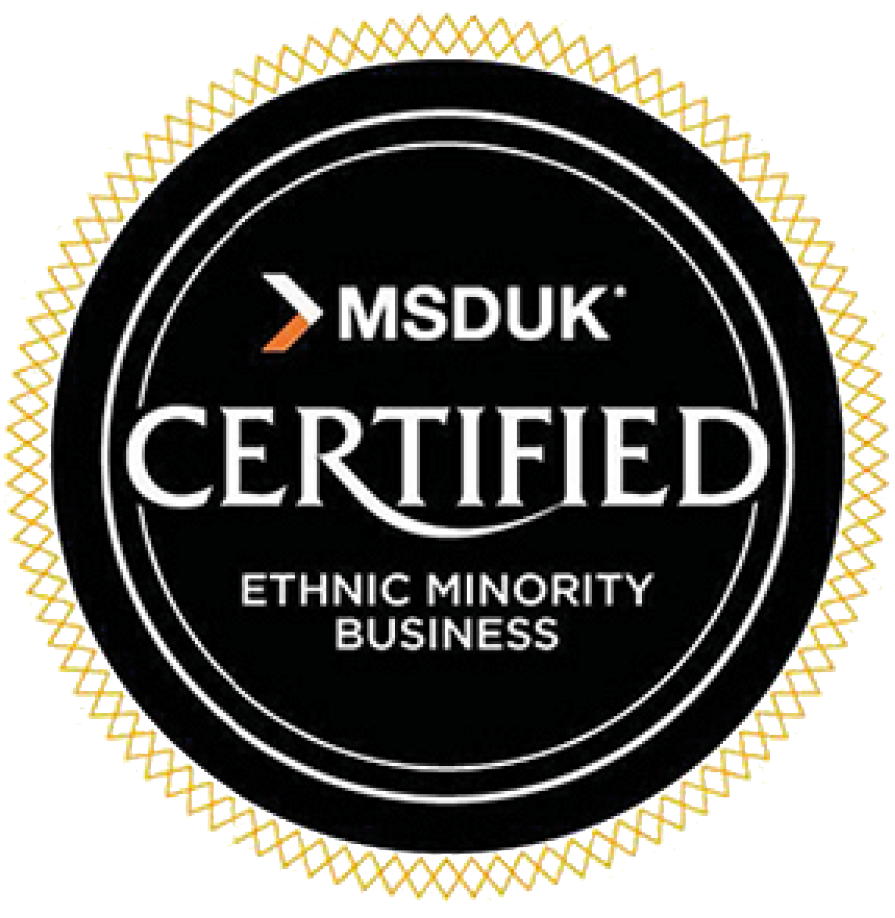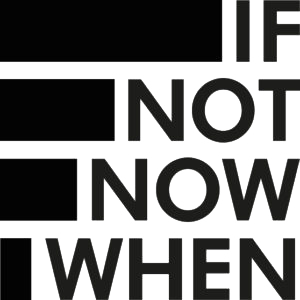Have you experienced burnout?
Are you currently burnt out?
Chances are that the answer is ‘yes’ to at least one of those questions.
While burnout isn’t a new phenomenon there has been a global uptick since the pandemic began in 2020 and, according to Gallup’s research, 43% of workers surveyed from over 100 countries stated that they’ve experienced workplace burnout, up from 39% the year before. Flexjobs also found that 70% of US employees surveyed reported having experienced burnout, with 40% stating that they had experienced this specifically during the pandemic. Despite clear evidence that shows just how common (but no less serious) burn out has become, organizations still don’t have clear systems in place to stave off burnout.
In our recent roundtable with PVL, we discussed how to identify burnout and some of the parameters employees can put in place on a personal level to avoid reaching burnout entirely. We know that HR, DEI leaders and people managers across all levels of a business specifically, often lean on empathy and their ability to connect with employees in the workplace when providing key resources and support. While connection and collaboration in the workplace is critical, perhaps more so as we navigate hybrid and remote working environments, so is ensuring that these employees have to the tools to navigate the challenges they may face themselves through supporting the wider employee population.
In this piece we break down some of the ways HR, DEI leaders and people managers can avoid burnout in a job that often triggers empathy.
The 12 Stages of Burnout.
The ability to identify what burnout looks like, on an individual level, is key.
As these groups are often the first touchpoint for their employees in a business, investing in self-care and being able to recognize when they might be feeling overwhelmed by the emotional weight of the challenges faced by others in the business is important not just for the self, but for the overall wellbeing and success of an organization. These challenges can range from ensuring company diversity targets are met to dealing with grievances and complaints, with an understanding that the risk for burnout is elevated for those who directly manage people and also do so from an inclusion perspective.
The 12 Stages of Burnout diagram below from PVL, is a great visual to help an individual identify what burnout looks like for them, by discerning where on the scale they fall when they believe that they’ve hit burnout. For instance, neglecting your own needs can vary from skipping lunch time frequently to support others, to withdrawing from recreational activities in their spare time. Working harder may mean employees are working overtime consistently, and unsustainably, which could signal burnout is near. Wherever someone falls on the scale in the first instance, without adequate support and the ability to self-identify, the fallout from burnout can result in people quitting their jobs to suffering in silence.

Recognizing burnout
Self-awareness and self-management are key in being able to mitigate for burnout. Self-awareness is important because an individual can’t change something intangible that can’t be identified on a personal level. This also requires getting specific with language when it comes to self-reflection, as vague language only creates vague and non-specific responses to burnout in return, and this won’t help to solve the issue or course correct if it’s at risk. Acknowledging that burnout on a personal level is acute rather than chronic, and therefore manageable is also critical to mitigate it on a personal level.
Of course while being able to identify burnout individually is crucial, the management of this burnout doesn’t lie solely with an individual. Leaning on community, family and friends and other senior leaders within a business is often necessary as this level of exhaustion is usually endemic or as a result of external pressures that an individual may not be able to solve alone. Reasons can be due to a lack of resources within a team, unrealistic deadlines, expectations around a company’s culture such as frequently working late and the need to always being available. Therefore, conversations about burnout and it’s management also need to be prioritized within wider business strategies and policies in order to formally support those who will experience it. These resources also need to be signposted and available for employees across levels of a business.
Managing burnout
Below are just some ways to manage or decrease the risk of burnout.
- Scheduling time for movement and creativity.
Especially with hybrid and remote working set ups, ensuring that movement is incorporated into the day is important. Even formalizing these efforts by adding time to calendars can be useful not just to hold oneself accountable for making it happen, but for other employees to visibly see too. This can help alleviate some of the stigma around needing to take calculated breaks in the workday, which as we know, only helps to strengthen productivity and outputs.
- Recognizing the different perceptions of burnout, on a cultural level
As our organizations become more and more global, burnout can look different in different parts of the world, and in some cultures and regions, it can be lauded as a mark of hard work. Therefore, businesses should work to sensitively demystify the stigma that may mean some employees consistently find themselves struggling to manage their burnout.
- Create a team Wellbeing Charter
Formalize the importance of having frequent conversations about burnout and it’s risks by creating a company-wide charter, or a set of commitments, to ensure that these conversations are centralized. This can also help codify practical tips on mitigating burnout and helps create a culture where mental health and wellbeing is prioritized.
- Use technology
Tech is everywhere, and it can be used to help keep burnout at bay too. For example, applications and browser extensions that lock you out of work pages for a few minutes can force people to step away from their desks intentionally and can be useful for those who need a nudge when it comes to personal accountability.
Burnout has become a common, if not given, consequence of the corporate world. But it doesn’t have to be.
While the importance of DEI within business looks set to increase over the next few years, personal well-being and the importance of recognizing signs of burnout is key to ensure our health remains a priority. HR, DEI leaders and people managers can also be setting an example for others within the business, driving policies for and creating space to discuss burnout which will only destigmatize the subject and help to ensure everyone is looking after their mental health.
Ensuring that employees are able to discern what burnout looks like to them and providing the infrastructure and tools to support them should be a business priority, both for the wellbeing of employees and also the overall success of an organization.




